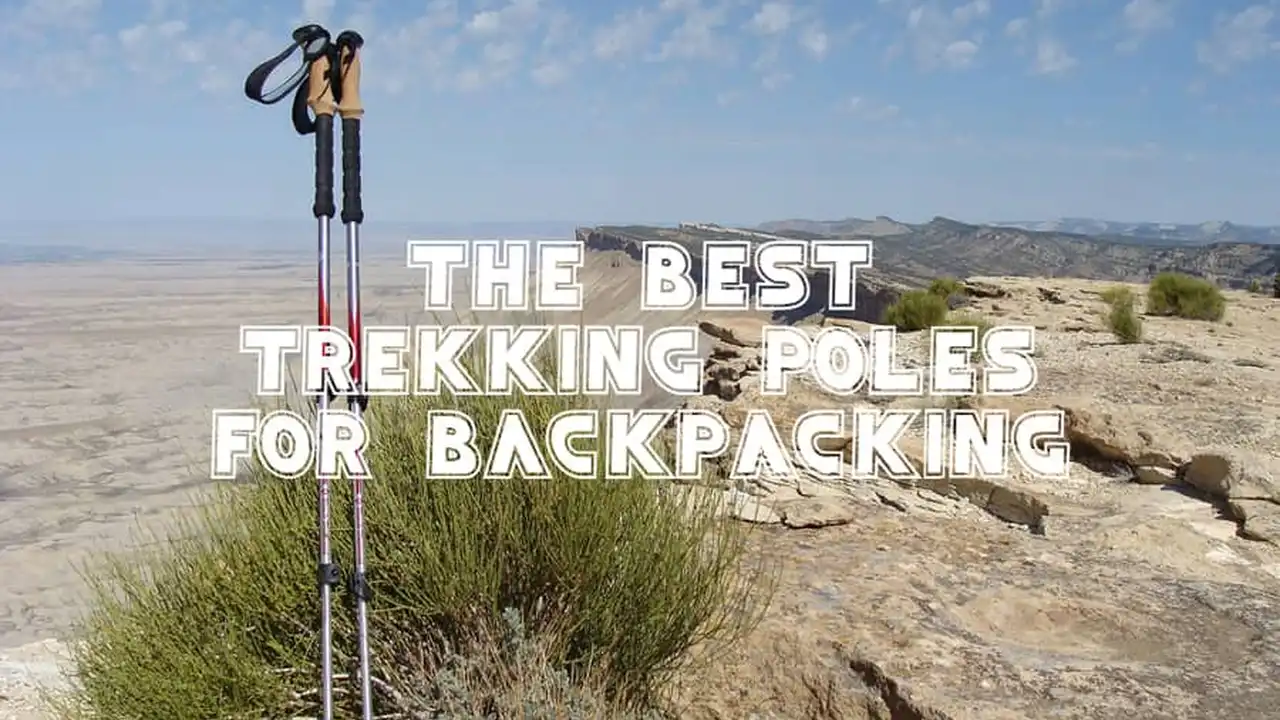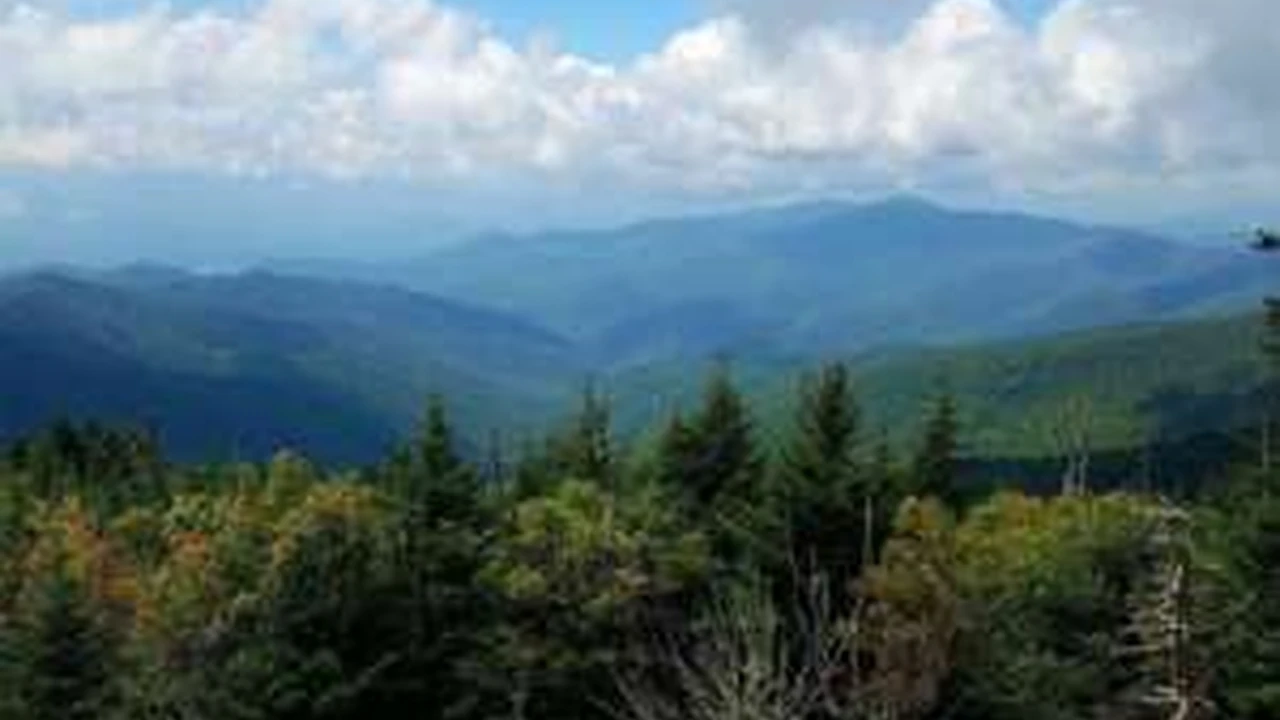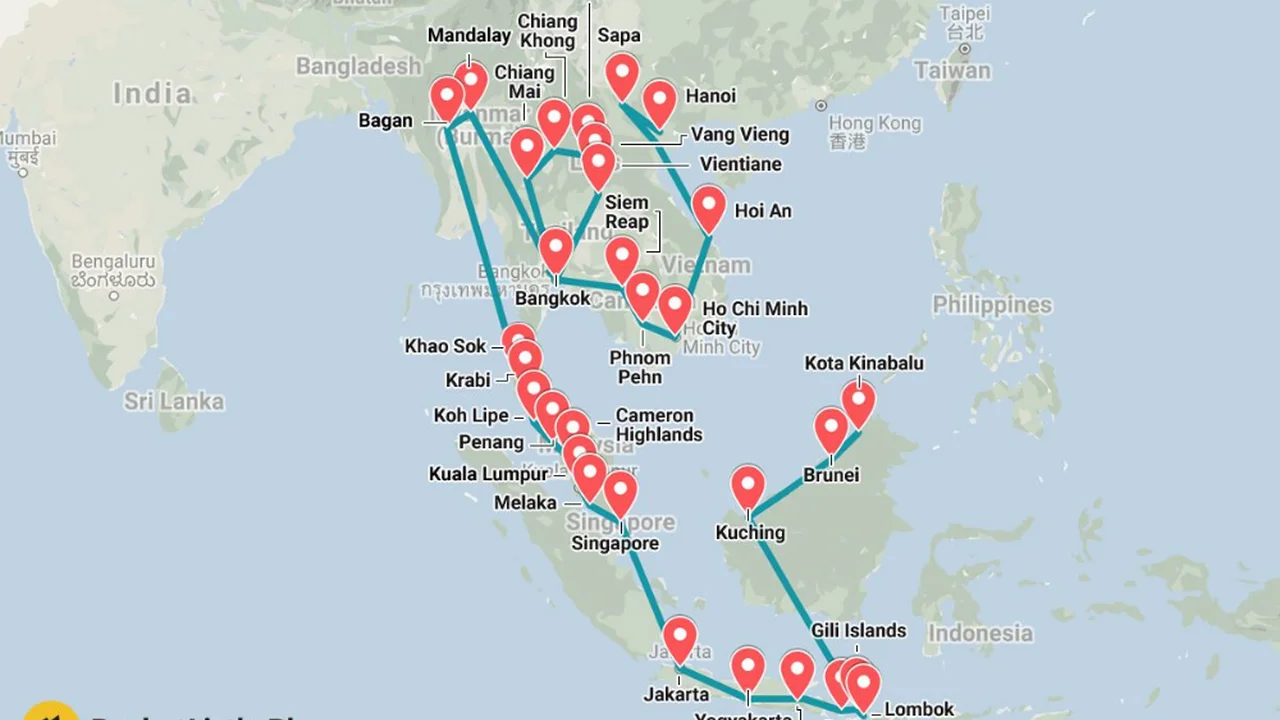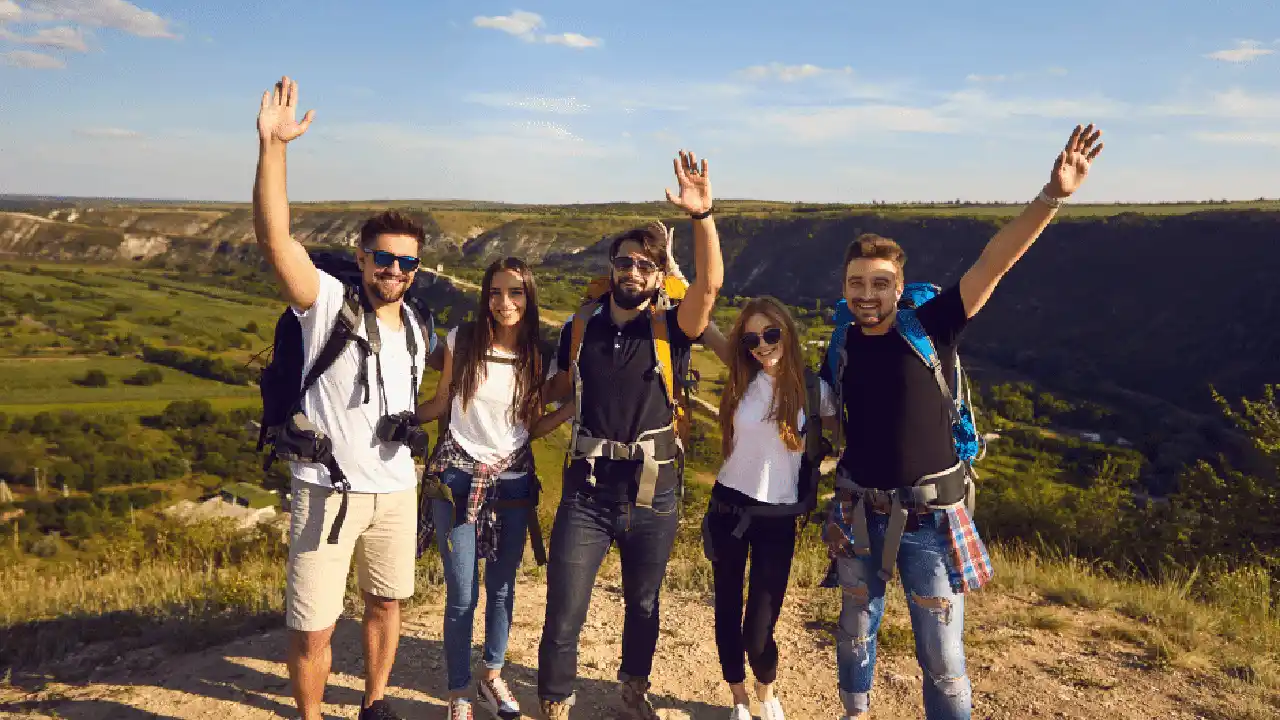Hostel Volunteering_ Travel Cheaper
Essential components of a backpacking first aid kit. Learn what to pack for common injuries and illnesses on the trail. Be prepared for emergencies with our comprehensive guide.

Backpacking First Aid Kit Contents What to Include
Alright, let's talk about something super important: your backpacking first aid kit. Forget about Instagram for a minute; this is about staying safe and healthy out there. A well-stocked first aid kit isn't just a good idea; it's essential. Think of it as your mini mobile clinic, ready to handle everything from blisters to bee stings. So, what exactly should you pack? Let's break it down.
First off, the basics: bandages. You'll need a variety of sizes – adhesive bandages (like Band-Aids) in different shapes, sterile gauze pads, and some adhesive tape. Don't skimp on these! Blisters and cuts are super common on the trail. Next up, antiseptic wipes or hand sanitizer. Keeping things clean is key to preventing infection. Grab some pain relievers like ibuprofen or acetaminophen for those aches and pains that come with hiking all day. And don't forget any personal medications you need, with a little extra just in case.
Beyond the basics, consider adding some more specialized items. Moleskin is a lifesaver for preventing and treating blisters. An antihistamine (like Benadryl) can be crucial for allergic reactions to insect bites or plants. If you're prone to upset stomachs, pack some anti-diarrheal medication. Tweezers are great for removing splinters or ticks. And a small pair of scissors can be surprisingly handy for cutting bandages or other materials.
Finally, think about the environment you'll be in. If you're hiking in an area with a lot of sun, sunscreen and lip balm with SPF are essential. If you're going to be at high altitude, consider adding something for altitude sickness. And if you're in bear country, make sure you have bear spray (and know how to use it!).
Choosing the Right Backpacking First Aid Kit Pre-Assembled vs DIY
So, you know what to pack, but how should you pack it? You've got two main options: buy a pre-assembled kit or create your own. Both have their pros and cons.
Pre-assembled kits are convenient. They come with everything you need in one neat package. They're often cheaper than buying all the individual items separately. However, they may not always have the specific items you want or need. And the quality of the items may not be as high as if you bought them individually.
Building your own kit allows you to customize it to your specific needs and preferences. You can choose higher-quality items and ensure you have everything you need for your trip. However, it can be more time-consuming and potentially more expensive. You also need to know what you're doing to make sure you don't forget anything important.
Personally, I like to start with a pre-assembled kit and then customize it to my specific needs. This gives me a good base to work from and saves me some time and money. I'll then add or replace items as needed to create the perfect kit for my trip.
Recommended Backpacking First Aid Kit Products and Comparisons
Okay, let's get into some specific product recommendations. I've used a bunch of different first aid kits over the years, and these are some of my favorites.
Adventure Medical Kits Ultralight Watertight .7
This is a great option for solo backpackers or anyone looking for a super lightweight kit. It's small and compact, but it still includes all the essentials, like bandages, antiseptic wipes, pain relievers, and moleskin. It's also waterproof, which is a huge plus when you're hiking in potentially wet conditions.
- Pros: Lightweight, waterproof, compact
- Cons: Limited supplies, may not be suitable for longer trips or larger groups
- Price: Around $30
- Use Case: Short solo backpacking trips, day hikes
Coleman All Purpose Mini First Aid Kit
This is a budget-friendly option that's perfect for beginners. It includes a good assortment of basic supplies, like bandages, antiseptic wipes, and pain relievers. It's not waterproof, but it's still a decent option for shorter trips in relatively dry conditions.
- Pros: Affordable, good assortment of basic supplies
- Cons: Not waterproof, lower-quality items
- Price: Around $10
- Use Case: Short day hikes, camping trips
REI Co-op Backpacker First Aid Kit
This is a higher-end kit that's designed for longer backpacking trips and larger groups. It includes a comprehensive assortment of supplies, including medications for allergic reactions, diarrhea, and other common ailments. It also comes with a handy guide to wilderness first aid.
- Pros: Comprehensive, high-quality items, includes wilderness first aid guide
- Cons: More expensive, heavier
- Price: Around $70
- Use Case: Longer backpacking trips, group trips, wilderness expeditions
Comparison Table
| Kit | Weight | Waterproof | Price | Best For |
|---|---|---|---|---|
| Adventure Medical Kits Ultralight Watertight .7 | 3.2 oz | Yes | $30 | Solo backpackers, short trips |
| Coleman All Purpose Mini First Aid Kit | 4 oz | No | $10 | Beginners, day hikes |
| REI Co-op Backpacker First Aid Kit | 1 lb | No (water-resistant) | $70 | Longer trips, group trips |
Individual First Aid Items Detailed Reviews and Uses
Sometimes, building your own kit with individual items is the way to go. Here are some must-have individual items and why they are so important:
Moleskin for Blister Prevention and Treatment
Moleskin is a thick, adhesive padding that you can use to prevent and treat blisters. Cut a piece of moleskin slightly larger than the area where you're getting a blister and apply it directly to the skin. This will help to cushion the area and prevent the blister from getting worse. Trust me, you'll thank me for this one!
- Price: Around $5
- Use Case: Prevent blisters on feet during long hikes.
Antihistamines for Allergic Reactions
An antihistamine, like Benadryl, can be a lifesaver if you have an allergic reaction to insect bites, plants, or food. It can help to relieve itching, swelling, and other symptoms of allergies. Carry both fast-acting (diphenhydramine) and longer-acting (cetirizine) options.
- Price: Around $8
- Use Case: Relieve allergic reactions to insect bites, plants, or food.
Water Purification Tablets or Filter Systems
Access to clean drinking water is essential for any backpacking trip. Water purification tablets or a filter system can help you to purify water from streams, lakes, and other sources. Consider a Sawyer Squeeze filter for its lightweight and effectiveness.
- Price: $20 - $40 (for filters), $10 (for tablets)
- Use Case: Purify water from natural sources to prevent illness.
Trauma Shears Heavy Duty Cutting
Trauma shears are heavy-duty scissors designed to cut through clothing and other materials quickly and safely. They're essential for dealing with serious injuries where you need to expose the wound quickly.
- Price: Around $10
- Use Case: Quickly cut through clothing to access wounds in emergency situations.
First Aid Skills Essential Knowledge for Backpackers
Having a well-stocked first aid kit is only half the battle. You also need to know how to use it! Consider taking a wilderness first aid course to learn basic first aid skills, such as how to treat wounds, splint fractures, and manage allergic reactions. The more you know, the better prepared you'll be to handle emergencies on the trail.
Specifically, knowing CPR is invaluable. A basic understanding of how to treat sprains and strains is also critical. And learn how to recognize and treat hypothermia and heatstroke – these are serious conditions that can be life-threatening.
Maintaining Your Backpacking First Aid Kit Regular Checks and Replacements
Finally, don't just throw your first aid kit in your backpack and forget about it. You need to check it regularly to make sure everything is still in good condition and that you haven't used up any supplies. Replace any expired medications or used bandages. And make sure your kit is still organized so you can find what you need quickly in an emergency. A little maintenance can go a long way in ensuring your first aid kit is ready when you need it most.
Consider a checklist to go through before each trip: check expiration dates, replace used items, and reorganize the contents.
:max_bytes(150000):strip_icc()/277019-baked-pork-chops-with-cream-of-mushroom-soup-DDMFS-beauty-4x3-BG-7505-5762b731cf30447d9cbbbbbf387beafa.jpg)






